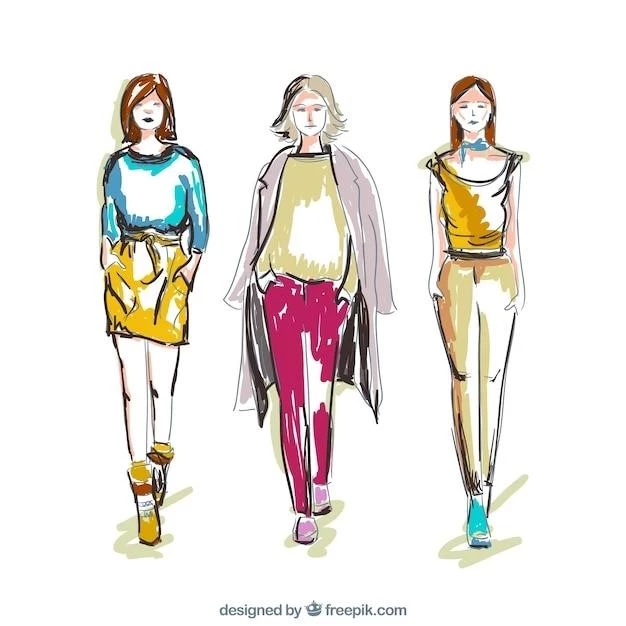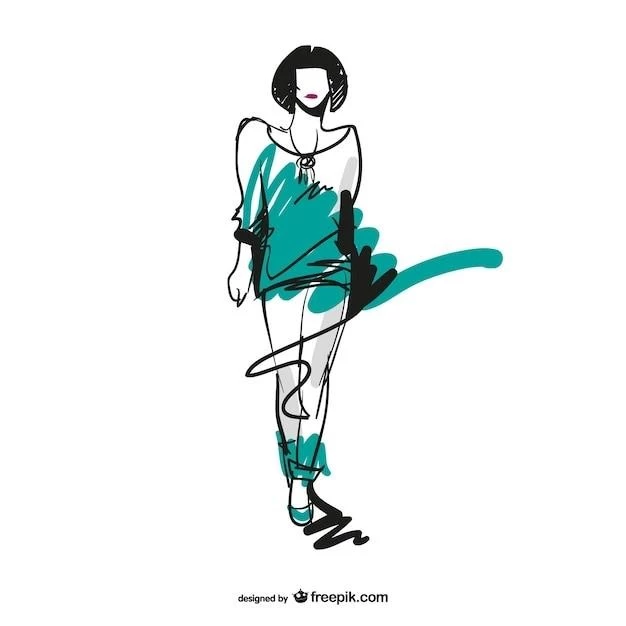Fashion Illustration: From Sketch to Runway
Fashion illustration, the art of capturing the essence of clothing and style on paper, has long played a crucial role in the fashion industry. It serves as a powerful communication tool, bridging the gap between designer vision and the final product. This article will delve into the fascinating journey of fashion illustration, from the initial sketch to the dazzling runway presentation.
The Essence of Fashion Illustration
At its core, fashion illustration is a form of visual storytelling. It’s about translating the designer’s ideas into captivating images that convey the mood, silhouette, and details of a garment. Unlike photography, which captures reality, fashion illustration offers a unique artistic interpretation. It allows the artist to emphasize specific elements, exaggerate proportions, and add a touch of fantasy to the design.
From Sketch to Final Design
The journey of a fashion illustration typically begins with a sketch. Designers often use these sketches as a starting point to explore different ideas and refine their concepts. These initial sketches are usually rough and spontaneous, capturing the basic shape and flow of the garment.
Once the designer is satisfied with the initial sketch, they move on to more detailed illustrations. These illustrations are often created using various mediums, including pencils, markers, watercolors, and digital tools. The artist pays close attention to details, such as fabric textures, embellishments, and accessories, to create a realistic and visually appealing representation of the garment.

The Role of Fashion Illustration in the Industry
Fashion illustration plays a vital role in various aspects of the fashion industry, including:
- Design Communication: Fashion illustrations are essential for communicating design ideas to clients, manufacturers, and other stakeholders. They provide a clear visual representation of the garment, eliminating any ambiguity.
- Trend Forecasting: Fashion illustrators often create mood boards and illustrations that reflect emerging trends. These illustrations inspire designers and help them stay ahead of the curve in the ever-changing fashion world.
- Marketing and Promotion: Fashion illustrations are frequently used in marketing materials, such as brochures, advertisements, and websites. They add a touch of artistry and sophistication to promotional campaigns.
- Runway Presentations: Fashion illustrations are often used to create visual stories for runway shows. They provide a glimpse into the designer’s inspiration and the overall theme of the collection.

The Evolution of Fashion Illustration
Fashion illustration has undergone significant evolution over the years. In the early days, illustrations were primarily created using traditional techniques, such as pen and ink, and were often highly realistic. With the advent of digital tools, fashion illustration has embraced new possibilities, incorporating digital painting, photo manipulation, and animation.
Today, fashion illustrators are experimenting with various styles and techniques, from minimalist line drawings to intricate digital paintings. This diversity reflects the ever-evolving landscape of the fashion industry and the growing appreciation for artistic expression in fashion.
Conclusion
From the initial sketch to the dazzling runway presentation, fashion illustration plays a crucial role in shaping the world of fashion. It serves as a powerful tool for communication, inspiration, and artistic expression. As the fashion industry continues to evolve, fashion illustration will undoubtedly remain an integral part of the creative process, capturing the beauty and artistry of clothing and style.










